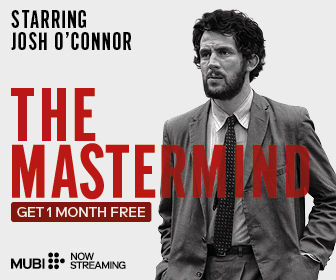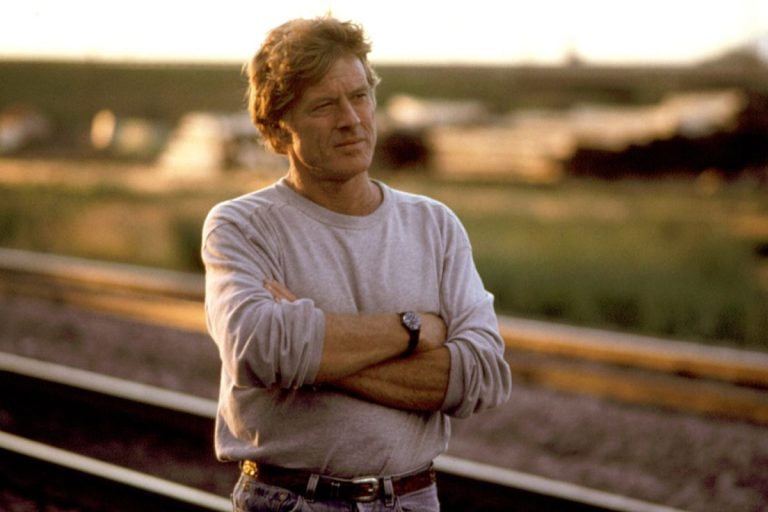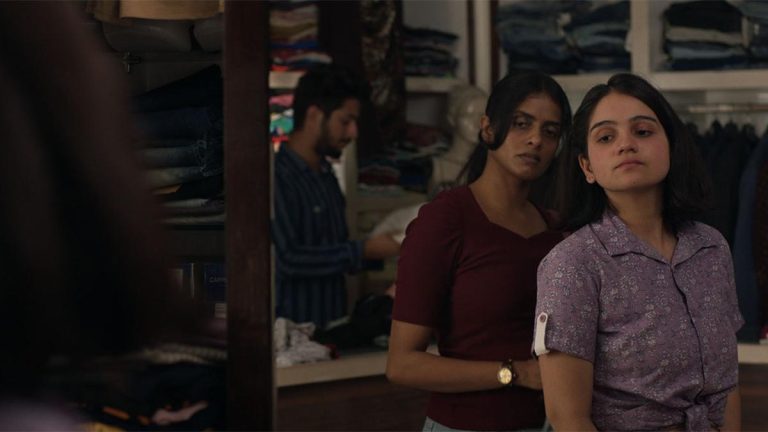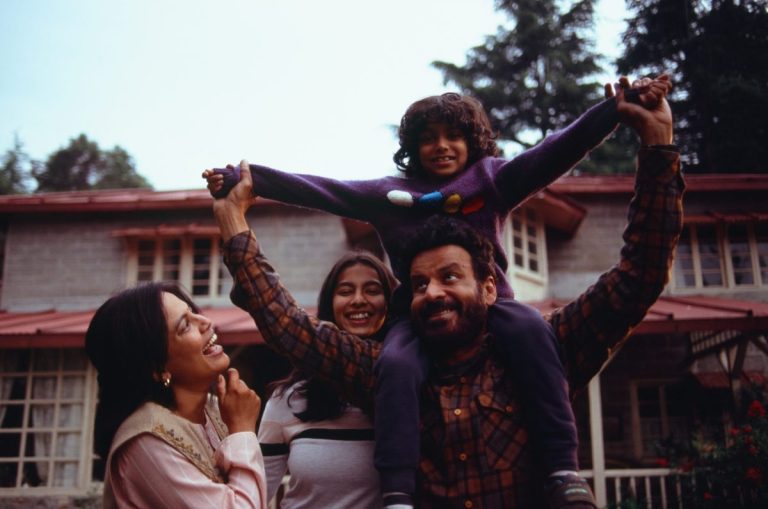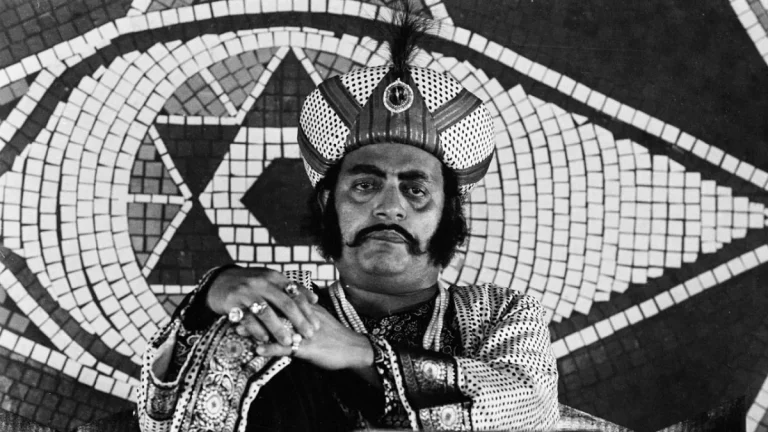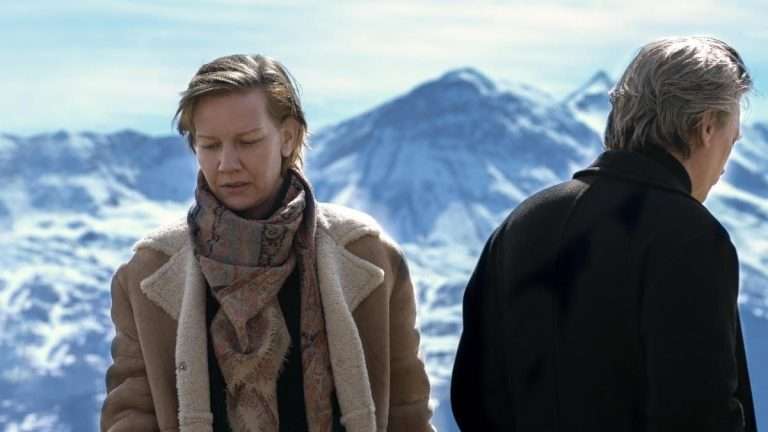Cinema has always been in love with romance and has a way of turning private wounds into public rancor. But what about the ache that lingers when love fails, fades, or simply never arrives? Sofia Coppola’s “Lost in Translation” (2003) and Spike Jonze’s “Her” (2013) capture that ache not as background noise but as the very subject of cinema. Their irony is almost literary. What began as a marriage ended in the creation of two phenomenal artworks which was way ahead of their time. It truly seemed as if Coppola and Jonze were sending each other films instead of farewells.
Neither director of these films has explicitly acknowledged their films as responses to one another. Yet the resemblances are really hard to ignore.
Two Decades, Two Visions, Yet Both Remind us that Connection, however Fleeting, is Always Fragile
Coppola places her film in Tokyo, which amplifies dislocation. Bill Murray’s Bob Harris is portrayed as an egoistic husband and a fading movie star. Scarlett Johansson’s Charlotte is a young woman who graduated from the prestigious Yale University and is unsure of her future. Yet they both drift through the hotel corridors and neon streets with the same vacant gaze. Their bond is stitched together not by declarations but by quiet gestures, culminating in a whispered farewell that still fuels debate.
Jonze sets his film in near-future Los Angeles, which is saturated with soft light and seamless tech. The main protagonist, Theodore Twombly, played by Joaquin Phoenix, works in a company that apparently hires professional writers who draft handwritten love letters for their loved ones. Even though he seems happy with his work, Theodore is divorced. He is a depressed introvert who falls in love with an advanced artificial intelligence OS named Samantha. The irony? Samantha was voiced by Coppola’s Charlotte, i.e., Scarlett Johansson. Coppola shows the difficulty of connecting across distance through “Lost in Translation. “Jonze imagines intimacy delivered instantly through technology, only to reveal that coded love is no less fragile in his acclaimed movie “Her.”
Neither Film Speaks of Their Marriage, Yet Both Circle the Same Wound
To watch these films together is to feel the ghost of a dissolved marriage flicker onscreen. Coppola’s film frames loneliness through muted interiors and pauses. Jonze creates an ode to intimacy in the digital era. Neither of these films talks about their relationship directly. But both circle the same wound from opposite ends of a decade. Tokyo estranges, whereas Los Angeles suffocates. Loneliness hums in both.
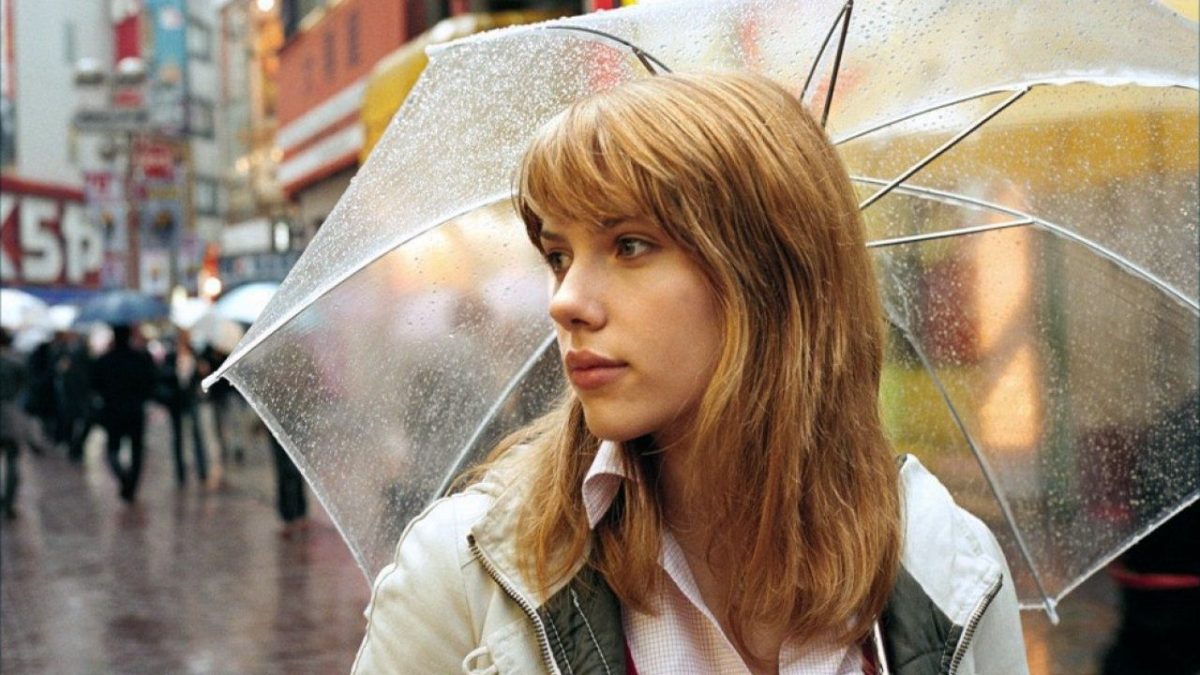
Also Read: How Spike Jonze’s Her Examines the Feminine Side of a Man
Coppola uses silence as the main integral part of her dialogue framing. Tokyo’s chaos only heightens Charlotte’s stillness by a window, or Bob’s half-smile in an elevator. The world moves, but they remain suspended. Jonze leans into language, saturating his film with words. Theodore and Samantha’s endless conversations sparkle with wit and vulnerability, yet the closer they grow, the more we feel the gulf between presence and absence. Where Coppola discovers loneliness in silence, Jonze uncovers it in the surplus of speech. Together, their films capture two distinct faces of solitude. Coppola’s loneliness is wordless and existential in “Lost in Translation” (“I just don’t know what I’m supposed to be”), while Jonze’s is verbose, digital, yet no less aching in Her (“Sometimes I think I’ve felt everything I’m ever gonna feel”)
To Watch Them Is to Reckon with Being Alone
“Lost in Translation” mirrors today’s transient livelihood. It mirrors the friendships, jobs, and cities that often last just a mere season. Charlotte and Bob’s unstable connection feels eerily familiar, especially at an age that looks forward to short-lived bonds. On the other side, “Her” reads less as science fiction. It reads more like a prophecy in today’s age. Living around, fighting, or falling in love with an AI no longer sounds absurd. It sounds like a beta update waiting for an official release. Jonze understood that the danger of technology isn’t its coldness but its ability to simulate warmth.
But none of the filmmakers offers closure to their characters. Charlotte and Bob part with a whisper that we will never hear. Samantha evolves beyond Theodore, eventually leaving him with nothing but her memory. Both films reject the comfort of resolution and a happy ending. And maybe that’s why they endure the word loneliness, unlike romance, which doesn’t tie itself into neat bows.
These two films remind us that to be human is to live in the gap between longing and fulfillment. Loneliness isn’t just despair. Perhaps it’s perception, recognition, or even dignity. When Coppola and Jonze turned their private wounds into masterpieces, they gave us more than two distinct unproposed autobiographies. They handed us a list of vocabulary to understand solitude, which made us understand how important it is to make amends with the beauty of loneliness. In Tokyo, we see the estrangement of being young and unsure. In Los Angeles, we see the sadness of connection in an always-on world.
Perhaps loneliness isn’t a problem to be solved, but a condition to sit with and eventually reconcile. Both Coppola and Jonze suggest that in its silence, its overflow, its ache, loneliness is not simply absence but presence—a companion that, at its most profound, cinema enables us to recognize in one another.

